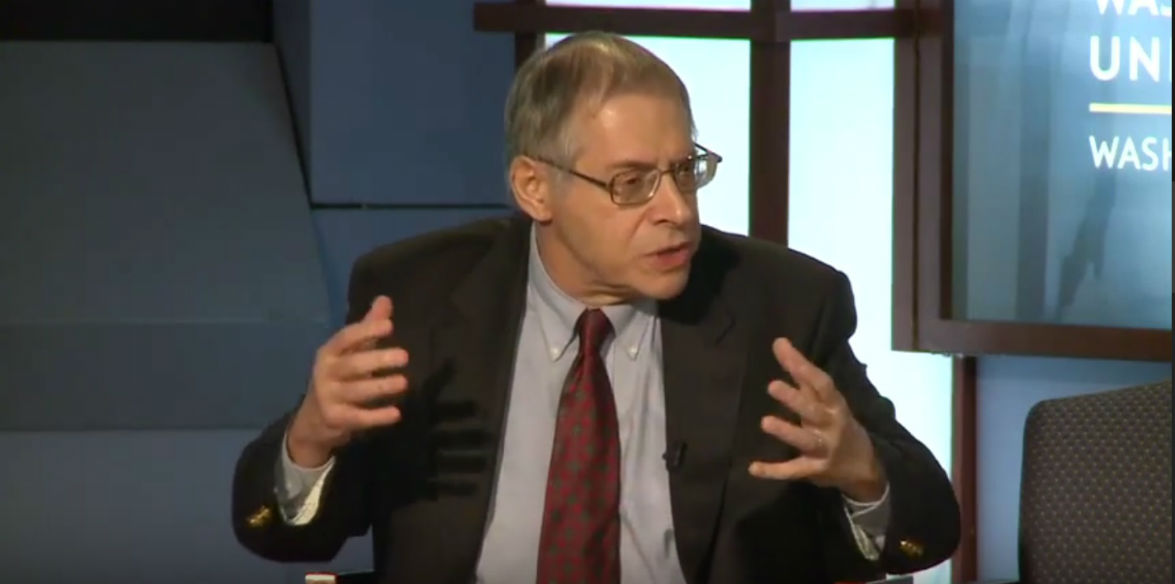Seeking “some education” Jared Bernstein recently asked some questions about MMT (Modern Money Theory).This series is my effort at some answers. Part I is about deficit spending, Part II covers inflation. Part III explains the view of the place of the Fed in the MMT framework according to this writer.
Krugman’s “finance-ability” point: Krugman argues that self-financing is more inflationary than bond issuance, . . .
In seeking an understanding of MMT, it is not a good idea to go to Krugman as a source, because, simply put, he’s never gotten MMT right, because he can’t be bothered to actually quote from the works of major MMT economists or to be honest in his criticisms. His assertion, and that’s what it is, that self-financing is more inflationary, than deficit financing is something that neither he nor Jared can prove. The point was debunked in 2011 by Scott Fullwiler, and then in 2013 Krugman himself argued that the results of deficit spending are no different if the Government just issues money than if it issues debt along with its deficit spending.
Jared next refers to “. . . MMTs flawed (IMO) assumption that tax cuts could handily deal with accelerating prices.” He provides no link here, and I am not aware of any MMT writer assuming that “tax cuts” halt or reduce inflation. Instead, they believe tax increases drain money from the private economy, as Jared indicates earlier in his post.
Jared goes on, saying of Krugman that “he’s worried about currency debasing . . . “ He then quotes Krugman:
The point is that under normal, non-liquidity-trap conditions, the direct effects of the deficit on aggregate demand are by no means the whole story; it matters whether the government can issue bonds or has to rely on the printing press. And while it may literally be true that a government with its own currency can’t go bankrupt, it can destroy that currency if it loses fiscal credibility.
And then Jared goes on:
One could argue that the government doesn’t have to sell bonds—it can just print money—but it does sell bonds, it always has and probably always will. Moreover, it doesn’t just sell them to itself. It sells them to open markets of investors who could, under conditions triggered by printing-press reliance, decide not to buy them without an exorbitant risk premium. A model that assumes otherwise may raise interesting ideas, but, like discounting the role of the Fed and interest rate policy, risks being of limited real-world utility.
Again, these are assertions without arguments, much less anything near proof. Jared opines that if the Government relies on “the printing press”, then investors won’t buy bonds. But what if Congress enacts “Overt Congressional Financing” (OCF) using similar language to that illustrated below, and then Treasury never issues bonds again? Then what happens?

The Treasury then deficit spends as Congress orders, the political problem of the debt subject to the limit gradually disappears as the debt gets paid down and finally off, and the Fed faces the problem of meeting its overnight interest rate targets. It must either pay interest on reserves (IOR) to implement its monetary policy or see an oversupply of reserves in the banking system that will drive overnight rates down to zero.
So then, investors looking for a risk-free place to have their idle financial assets earn a return will have to go to the Fed and beg it to pay as high an interest rate as they previously received from investments in Treasury Securities. So, where’s the problem for the Government?
In their answers for Jared, Stephanie Kelton and Randy Wray had this to say:
It is not enough to hand-wave a conclusion that money-financed deficits will lead to currency debasement or risk a sharp rebuke from investors. You need to be able to demonstrate, operationally, why those might be legitimate risks. Close study of the monetary operations, confirmed by experts in the field, suggests the MMTers have this right.
Just so! Where’s the problem for MMT?
End of Part IV
